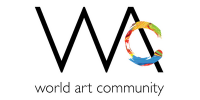Our fascination with craft-stories continues. Amongst our most popular and fastest-moving product categories is jewellery. Dhokra jewellery with its golden-yellow finish, traditional and contemporary designs and attractive pricing is something that you all love.
Today – we’re sharing the story of the art and craft of Dhokra ( or Dokra ) !
Dhokra (or Dokra) is non–ferrous metal casting using the ‘lost-wax casting’ technique. This technique of metal casting has been used in India for over 4,000 years and is still in use. One of the earliest known ‘lost wax casting’ artefacts is the famous statue of the dancing girl of Mohenjo-daro which we all have seen in our history textbooks.
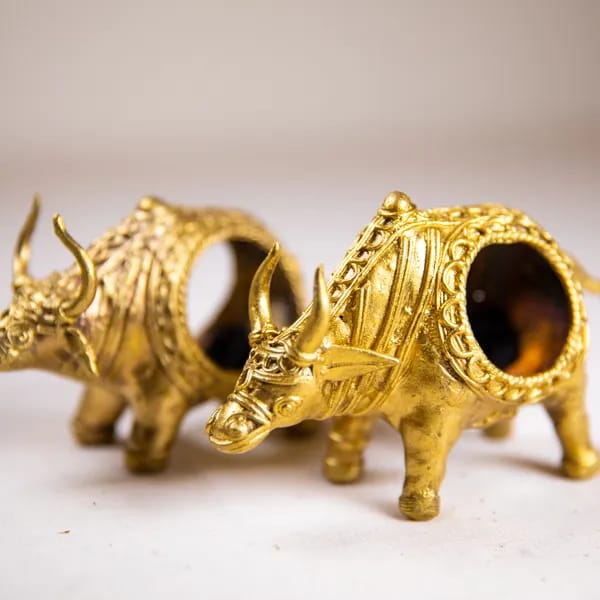
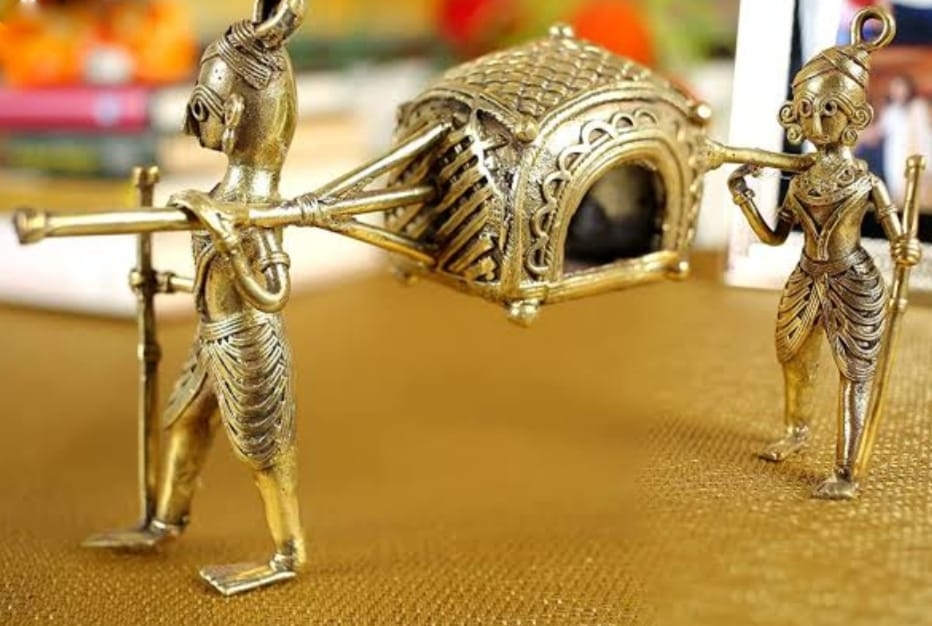
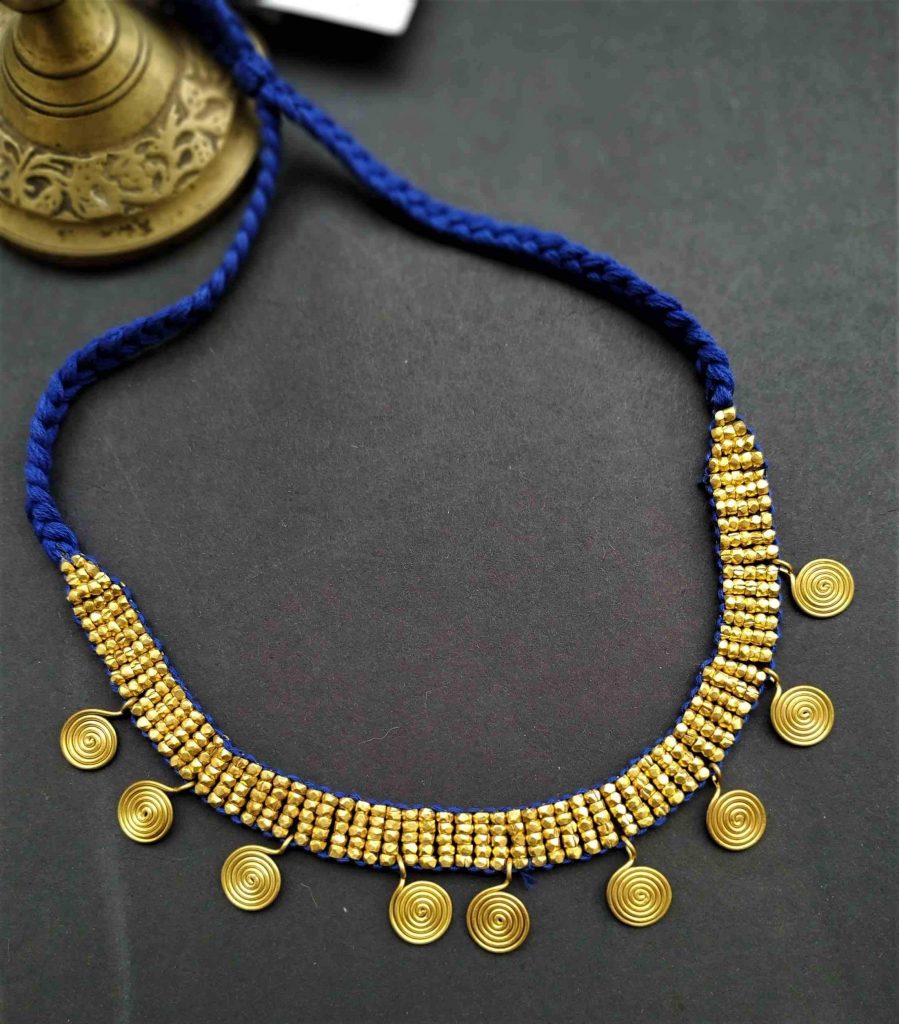
The name ‘Dhokra’ comes from the Dhokra Damar tribes, who are the traditional metal smiths of West Bengal. Their technique of lost wax casting is named after their tribe, hence Dhokra metal casting. The tribe extends from Jharkhand to Orissa to as far ahead to Chattisgarh, Rajasthan and even Kerala ! Hence Dhokra craft is now found all over India.
Dhokra Art is still used to craft artefacts, accessories, utensils and jewellery. It is differentiated by its rustic simplicity, enchanting folk motifs and clean, distinctive, lines. The artistry of jewellery making in brass using the craft of Dhokra Art, was practiced in the Indus Valley Civilization, Rome as well as in Egypt. India has been the largest brass making country in the world, practicing this art for the last 5000 years.
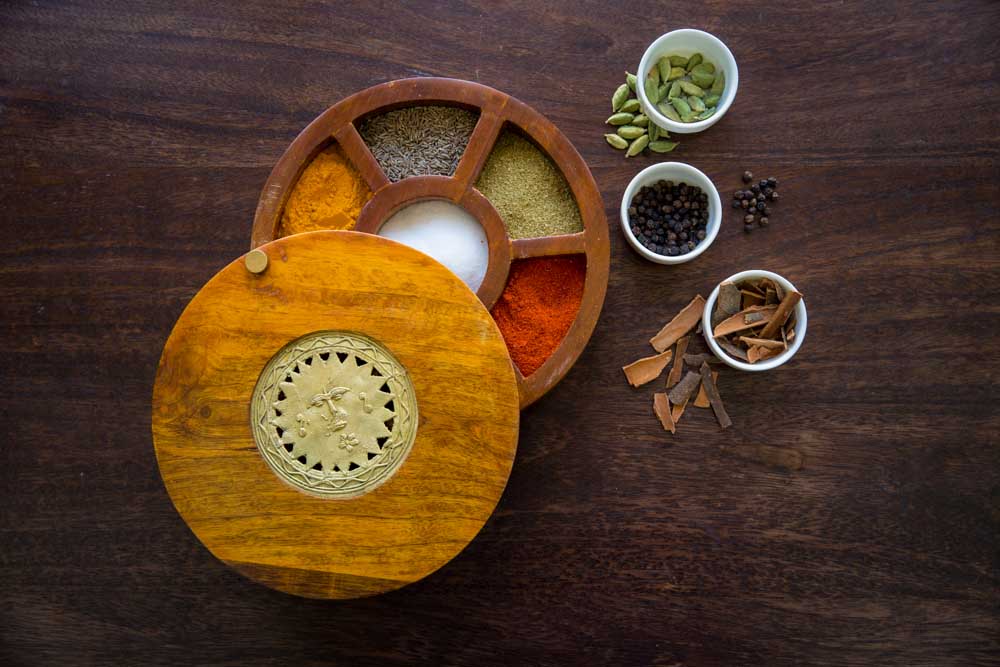
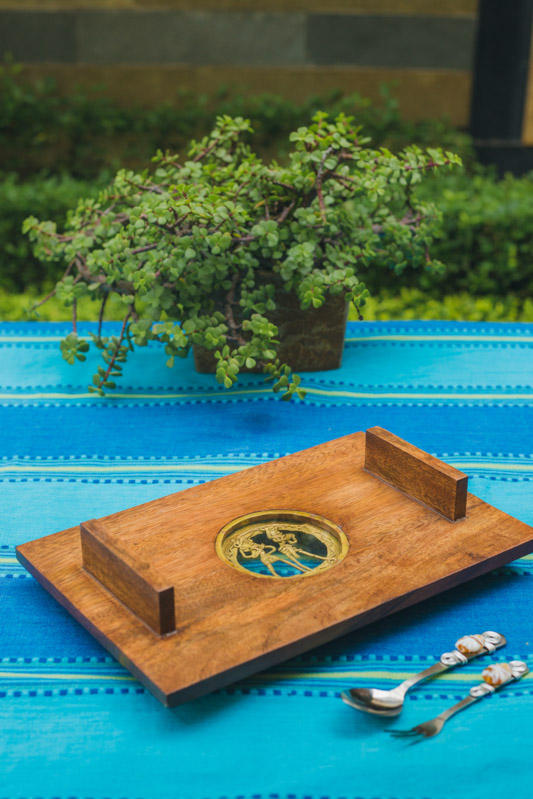
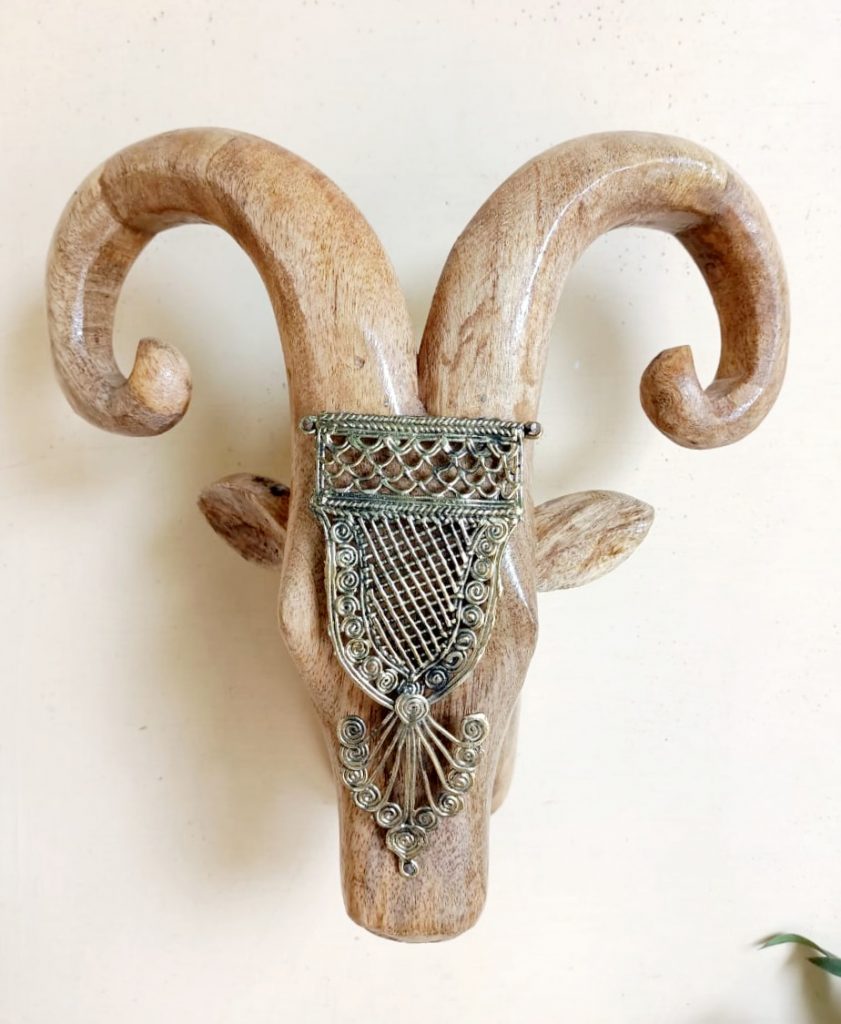
The Dhokra metal craft is popular in the tribal belts of West Bengal, Andhra Pradesh, Orissa and Madhya Pradesh. These art forms combine small figurines of horses, drummers, tribal deities and plaques. These types of art and jewellery are mainly made from brass scrap. Unlike any other metal craft, the core of the objects is filled with clay.
Craftsmen involved in the making of Dhokra jewellery rely on materials at their immediate disposal – wax, resin and firewood from the forest, riverbed clay and a firing oven made by digging a hole in the ground. Such resources might seem very easy to procure, but in tribal hamlets, where such jewellery is made, craftspersons are dependent on nature, and it is their hard work that creates Dhokra Jewllery.
The art of Dhokra Jewellery making is passed down from one generation to another and is a creative and contemporary expression of an ancient technique – that would earlier use motifs of gods and goddesses, floral shapes and rustic designs. Today’s craftspersons have given the Art of Dhokra Jewellery a stylish and international ‘avataar’ that goes brilliantly with both ethnic and international style.
Do check out our stylish selection of Dhokra Jewellery here on www.worldartcommunity.com
